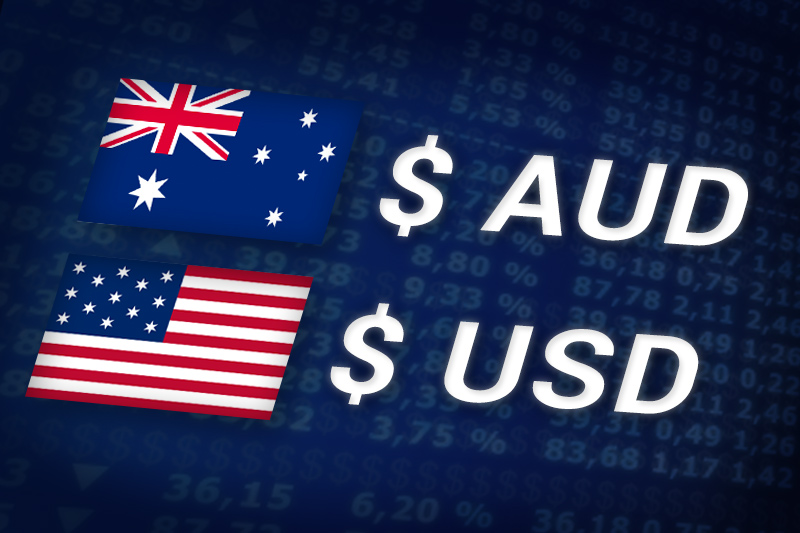Investing.com’s stocks of the week
Investing.com - The Australian dollar rose against its U.S. counterpart on Tuesday as investors ditched the greenback in search of better returns in higher-yielding currencies.
In Asian trading on Tuesday, AUD/USD hit 0.9765, up 0.38%, up from a session low of 0.9716 and off from a high of 0.9772.
The pair was likely to test support at 0.9583 the low of June 1, and resistance at 0.9898, the high on May 29.
Hopes that European and other global policymakers are poised to launch a more coordinated attack on the debt crisis sparked demand for stocks and higher-yielding currency like the Australian dollar.
Talk the Reserve Bank of Australia is set to cut interest rates later Tuesday actually strengthened the Australian dollar on sentiment it will spur more stock market gains, investment and growth.
The Australian Bureau of Statistics, meanwhile, reported that the country's current account balance fell to a seasonally adjusted -AUD14.9B, from -AUD9.6B in the preceding quarter whose figure was revised down from -AUD8.4B.
Analysts had expected Australia’s current account balance to fall -AUD14.8B in the last quarter.
The Australian dollar was up against the euro and up against the yen, with EUR/AUD down 0.13% at 0.2834 and AUD/JPY up 0.37% at 76.49.
Markets will await the Reserve Bank of Australia's decision on interest rates.
Later in the U.S., the Institute for Supply Management is to release a report on non-manufacturing activity.
In Asian trading on Tuesday, AUD/USD hit 0.9765, up 0.38%, up from a session low of 0.9716 and off from a high of 0.9772.
The pair was likely to test support at 0.9583 the low of June 1, and resistance at 0.9898, the high on May 29.
Hopes that European and other global policymakers are poised to launch a more coordinated attack on the debt crisis sparked demand for stocks and higher-yielding currency like the Australian dollar.
Talk the Reserve Bank of Australia is set to cut interest rates later Tuesday actually strengthened the Australian dollar on sentiment it will spur more stock market gains, investment and growth.
The Australian Bureau of Statistics, meanwhile, reported that the country's current account balance fell to a seasonally adjusted -AUD14.9B, from -AUD9.6B in the preceding quarter whose figure was revised down from -AUD8.4B.
Analysts had expected Australia’s current account balance to fall -AUD14.8B in the last quarter.
The Australian dollar was up against the euro and up against the yen, with EUR/AUD down 0.13% at 0.2834 and AUD/JPY up 0.37% at 76.49.
Markets will await the Reserve Bank of Australia's decision on interest rates.
Later in the U.S., the Institute for Supply Management is to release a report on non-manufacturing activity.
